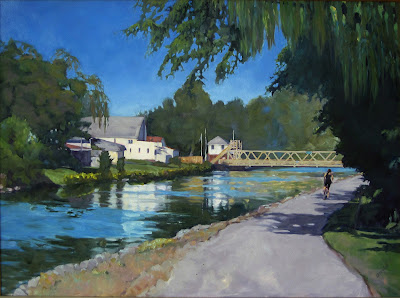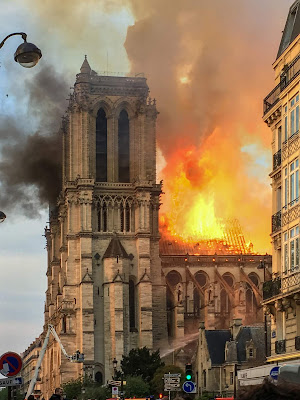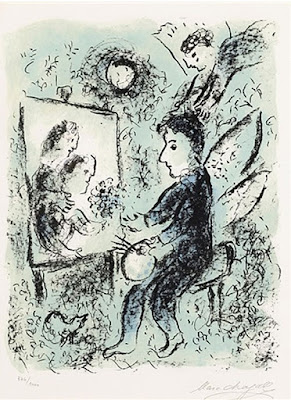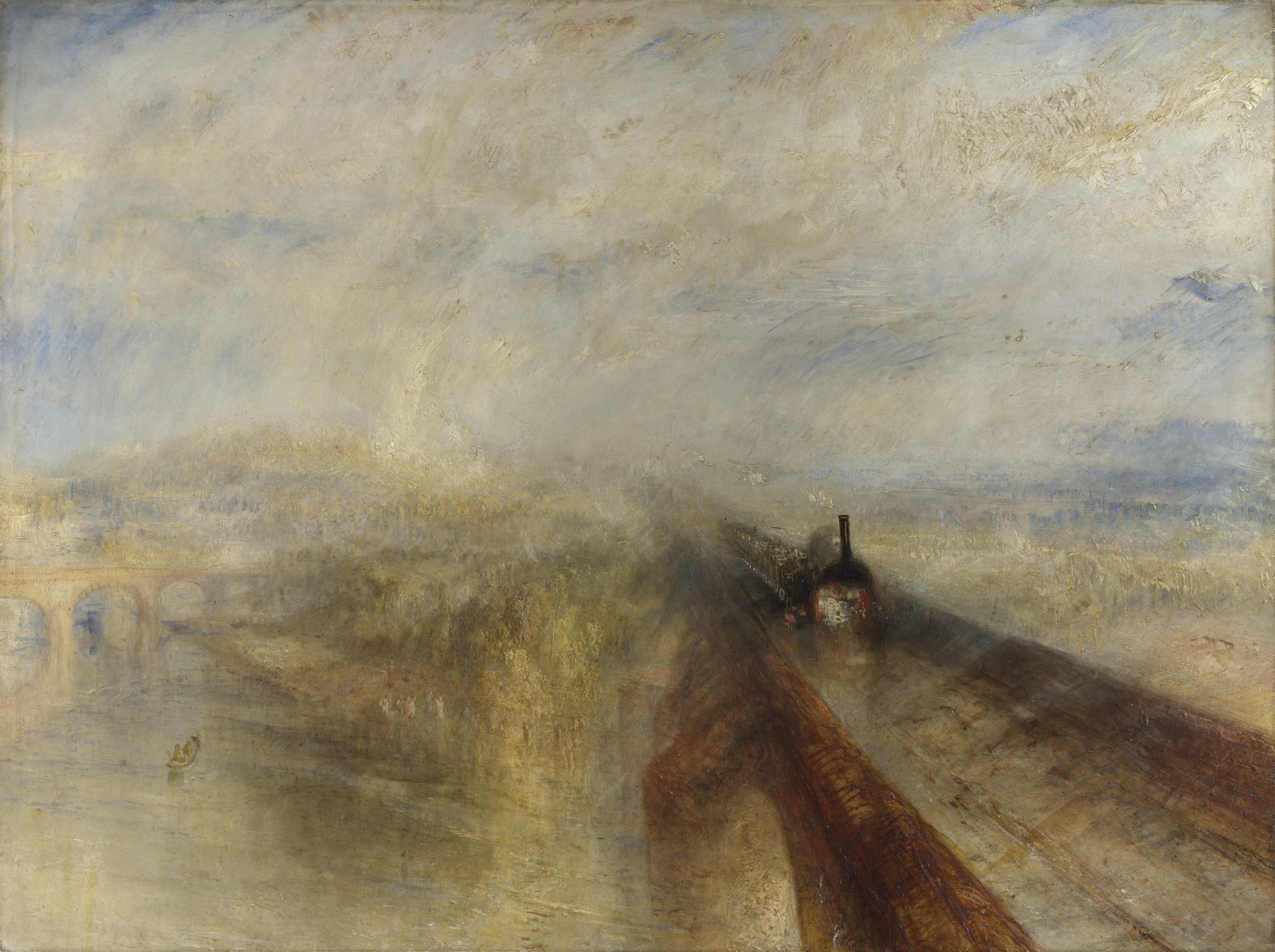For a long time, I regretted not getting an MFA. That might have been the best thing that ever happened to me.
 |
| Cape Elizabeth Cliffs, by Carol L. Douglas. |
Over the last century, a profound revolution has taken place in art school. Art became more about making political and social statements and less about acquiring the skills to make a good picture. “[A]nd so the study of art would change, because the taking of stands and the making of novel statements require less practice than painting well,” wroteartist Jacob Willer.
Willer was commenting on British art schools, but the same is true in America. In both countries, there are some notable exceptions. However, good private art schools are extremely expensive. Public universities, in general, teach art very badly. Their art departments enthusiastically embraced the
interdisciplinary ideas of the 20
th century. These held that art was important by nature of its intellectualism, not its craft.
 |
| Breaking storm, by Carol L. Douglas |
As craft withered and died, a false distinction was drawn between thinking and making, with thinking being decidedly more important.
Matisse believed that the only way for a student to escape fashion was to become immersed in history, and to build his own tradition “by reconciling the different points of view expressed in the beautiful works by which he is affected.” Yet the arts educators of the 1960s thought their students were overburdened by fussy old masters. They had to “do some erasure.” Their tactic was to unpin art from history, a relationship that had endured for as long as we’ve made art.
Art from mid-century forward became an ever-more frenzied whirl of fashion and exploration, and much of this was good. Yet educators missed the obvious: the artists who were doing that work had been trained in the old regime. Beneath their ideas was a good working knowledge of painting, design, and draftsmanship.
 |
| Towpath on the Erie Canal, by Carol L. Douglas |
“[I]f there is any creed that unites many young artists today it is the creed of anti; anti-intellectualism, anti-academicism, antiauthority,” wrote art historian
Ernst Gombrich, who mercifully died before he could see his worst fears realized. “Art history is intellectual, it is academic, it is even authoritarian, for it teaches that Michelangelo was a great artist and you can like it or lump it.”
‘The attempt to turn artists into universal intellectuals left them embarrassing amateurs in everything,” wrote Willers. Craftsmanship has been replaced by “learned sociability and the comprehension of certain codes of behaviour.” If that doesn’t sound ultimately irrelevant, what does?
It was not until the 1980s that the purge of craft from the academy began to bear fruit. Those trained in the old ways retired or died, leaving no skills to teach. Since then, too many of our art graduates have been taught through theory alone, with craft and art history as optional add-ons.
 |
| Snow at higher elevations, by Carol L. Douglas |
Today we’re beginning to see the wheel turn, but who is left to teach those traditional skills? Many of the current great masters of draftsmanship are working far away from academia. “If you look at the best artists everyone has always looked at… eventually you’ll discover a standard for yourself. I think that’s the best we can do now,” write Willers.
Meanwhile, way out here in the hinterlands, there are traditional painters and draftsmen quietly honing their skills and passing them along to others. I rather like the idea of being a counter-revolutionary, myself. Don’t you?






















